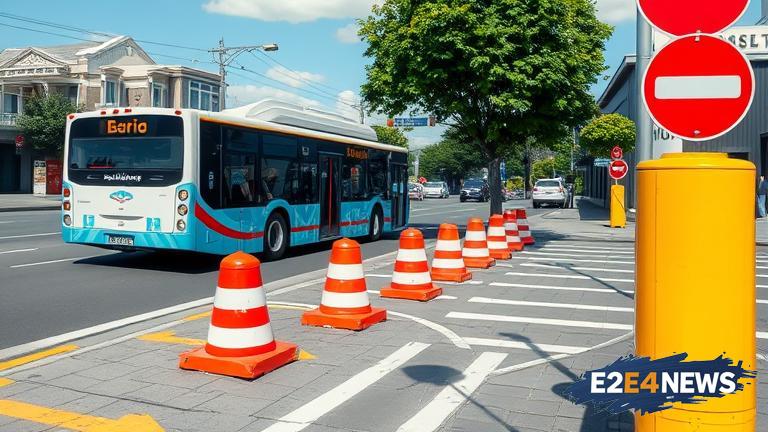In a surprising turn of events, a law student has taken on Auckland Transport and emerged victorious in a dispute over speed bumps. The student, who wishes to remain anonymous, argued that the speed bumps installed on their street were not a reasonable solution to traffic calming. They claimed that the speed bumps were causing damage to their vehicle and were not an effective way to slow down traffic. Auckland Transport had installed the speed bumps as part of a traffic calming initiative, aimed at reducing the speed of vehicles on residential streets. However, the law student argued that the speed bumps were not compliant with the New Zealand Transport Agency’s guidelines for traffic calming devices. The student pointed out that the speed bumps were too high and too close together, making them a hazard for drivers. They also argued that the speed bumps were not clearly marked, which made them difficult to navigate, especially at night. The law student took their complaint to the Auckland Transport board, where they presented their case and provided evidence to support their claims. The board was impressed by the student’s thorough research and well-reasoned arguments, and ultimately ruled in their favor. The decision has sparked debate about the effectiveness of speed bumps as a traffic calming measure. Some argue that speed bumps are a necessary evil, as they help to reduce the speed of vehicles and prevent accidents. Others argue that speed bumps are a nuisance, causing damage to vehicles and disrupting the flow of traffic. The law student’s victory has also raised questions about the accountability of Auckland Transport and the transparency of their decision-making processes. The student’s case highlights the importance of community engagement and participation in the decision-making process. It also underscores the need for Auckland Transport to be more responsive to the needs and concerns of the community. The decision is expected to have implications for the use of speed bumps as a traffic calming measure in other parts of the city. Auckland Transport has announced that it will review its traffic calming policies and procedures in light of the decision. The review will consider alternative traffic calming measures, such as speed tables and chicanes, which may be more effective and less intrusive than speed bumps. The law student’s case has also sparked interest in the use of technology to monitor and manage traffic flow. Some experts argue that intelligent transportation systems, which use sensors and data analytics to optimize traffic flow, could be a more effective and efficient way to manage traffic. The use of technology could also help to reduce the need for physical traffic calming measures, such as speed bumps. The decision has been welcomed by some residents, who have long complained about the speed bumps on their street. However, others have expressed concern that the removal of speed bumps could lead to an increase in traffic speed and a decrease in safety. The debate highlights the complexity of the issue and the need for a nuanced and multifaceted approach to traffic calming. Ultimately, the decision is a victory for the law student and a reminder that individuals can make a difference when they stand up for what they believe in. The case also highlights the importance of community engagement and participation in the decision-making process, and the need for transparency and accountability in the actions of public agencies.
